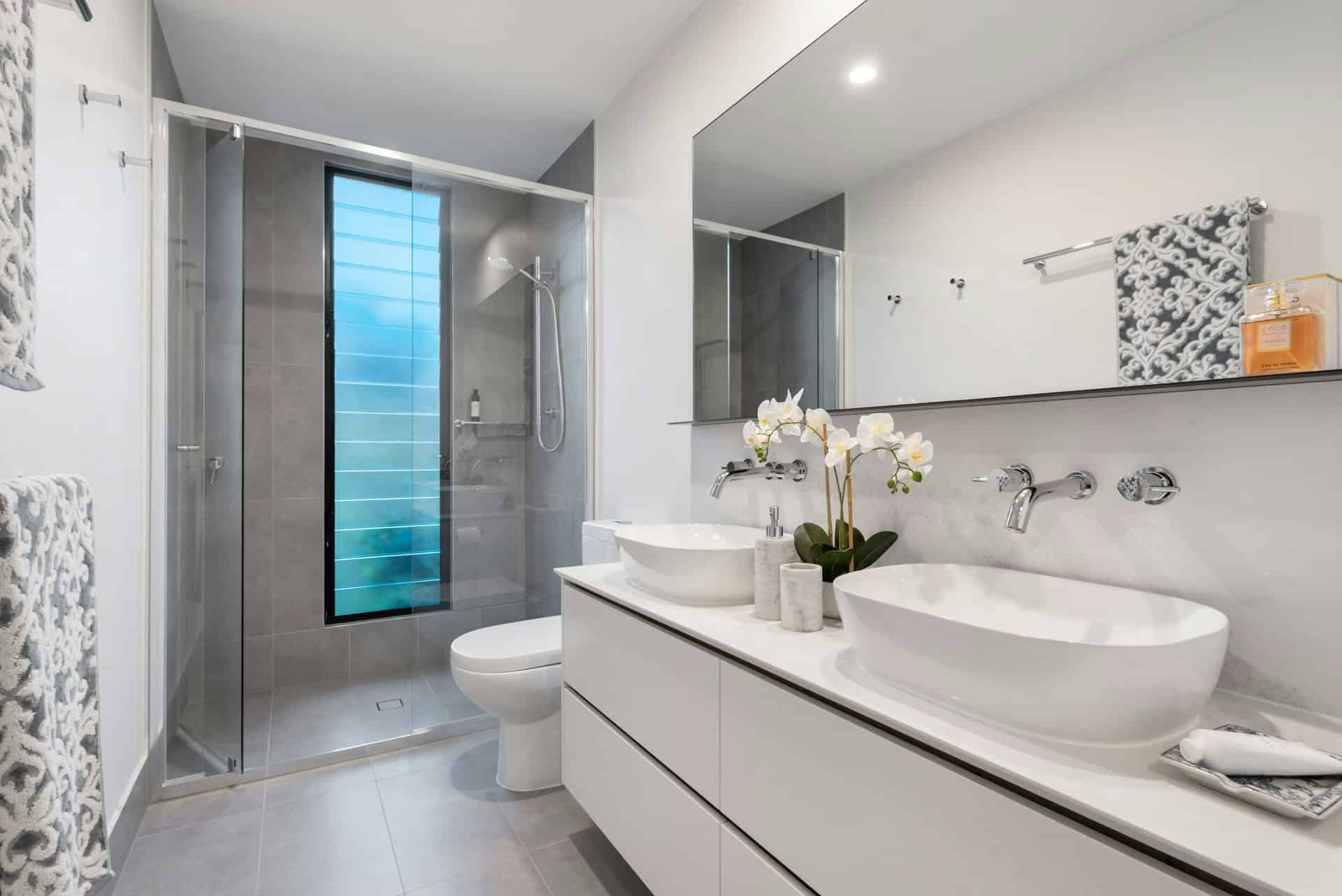While designing the bathroom of your dreams and adding all sorts of accessories is one of life’s greatest pleasures, it’s safe to say that regardless of how stylish and fancy it looks, the space may remain a repository of dirt and bacteria. Bacteria such as E. coli, Campylobacter, and Streptococcus, as well as hardly observable mold, can lurk in every part of this room, leading to numerous health dangers and risks. Yet, what’s left to be done when you’re doing everything that’s in your power to keep it hygienic, carefully cleaning every spot on a weekly basis? Shouldn’t regular maintenance and sanitization be key to a bacteria-free bathroom where you can unfold your daily activities with the least related stress possible?
Surprisingly, and contrary to many individuals’ reasonably founded beliefs, it’s not the toilet that’s the germ haven because they’re cleaned on a more regular basis compared to other seemingly innocent spots. Instead, it’s things like the door, door handles, knobs, and even sanitizer containers that pass through numerous hands that shield the boldest germiest conglomerates.
So, how can you effectively and permanently fight undercover invaders permeating your bathroom?

Stopping viruses before they hit
Everyone has become more aware of the unseeable enemies in sanitary places and beyond ever since the pandemic kicked in and gave birth to a new generation of germophobes and clean-freaks. Suddenly, everyone acted like a chemistry mastery degree spawned on their home desk, empowering them to tote advice around and instruct the neophytes on the best practices to keep germs at bay.
However, virus and infection spreading has never been easily graspable or demonstrable through a formula. These health-ravaging elements exist in places that are not hospitals or stomatology rooms, for instance, for they’re usually dispersed through a few cases.
Firstly, an infected person who sneezes or coughs distributes virus or bacteria droplets on the various surroundings from their location, such as the floor, night tables, office desks, and so on.
Secondly, the person who follows to enter the chamber or uses the same items gets the viruses transferred to their shoes or hands. This is why it’s not advised to touch your face before appropriately cleaning your hands, besides potential acne breakouts.
Washing hands regularly and cleaning the surfaces that are the most subjected to come in contact with people and their actions is the most straightforward rule to maintaining a germ-free lifestyle.
Keeping mold at bay
Mold, the easily spreadable fungi that are not always readily seen with the naked eye, is commonplace in bathrooms where humidity is always present. Since water splashes, humidity, vapors, mists, and other such things are inherently existent in any functional bathroom, how can one prevent mold from impacting their health and the room’s appearance?
Mold is detrimental to the respiratory system, specifically when it’s inhaled by babies, children or elders. It can destroy everything it touches and grows on in time as it feeds on nutrients and material. Since mold needs a certain level of moisture, it’s safe to say that limiting the excess humidity and condensation in the air is a quick solution.
Ensure mirrors, walls, windowsills, floors, and other areas are permanently wiped and in contact with flowing air to dry down as rapidly as possible. Let air circulate unhindered through your room, and keep doors open when possible. Also, secure a decent distance between walls and furniture to allow air to permeate each nook.
Keep a plastic bag nearby so it is readily available when you need to remove wet things, like sponges or clothes.
Migrating to touchless fixtures
The less contact is needed, the lower the chances of spreading viruses. Fixtures designed to switch on at the hand’s wave instantly may assist in reducing your contact with surfaces that could potentially conceal germs.
Consider switching from your regular faucets and light switches to touchless versions that are activated automatically or upgrading your items with deliverable upgrades you can find on different retailer platforms. For instance, an automatic soap dispenser shouldn’t cost a fortune but will certainly save you a lot of trouble, especially since you’ll no longer need to clean your soap holder daily.
Bidding bath mats farewell
Fluffy bathroom rugs may feel like silk at the touch, especially after a long, hot shower, but the plushy materials are known for being fertile ground for bacteria, mildew, and mold. This makes dust and dirt harder to eliminate, whether we talk about vacuuming or cleaning under them.
Generally, bath mats that dry quickly and use lightweight materials are a better alternative for more hygienic environments, and options are thankfully boundless! You can opt for a cotton, wool or polyester rug that dries fast by wicking moisture away rapidly. Or even better, expand your budgetary limits and get a mat created from fossilized algae or bamboo, as they are natively antibacterial and get dry more rapidly compared to other fabrics.
Sometimes, eliminating odors and germs is as easy as doing away with the elements favoring their apparition!
Storing cleaning products within reach
The hardest part of getting something done is starting it! The same theory applies to almost any goal you may set in life, whether it’s something as huge as painting your front door or a seemingly small thing like making a habit of wiping the backsplash regularly.
Even the cleanest restrooms necessitate regular cleanup, so in order to make this task as convenient as possible, place all the needed supplies and tools nearby so you’ll bump into them when using the room. Stock up on cleaners, rubber gloves, microfiber cloths, stain removers, scrubbing brushes, and any other essentials that may facilitate your maintenance schedule. See how your bathroom will transform once you get everything in an easily accessible place.
Wrapping it all up
As you can see, maintaining a permanently clean bathroom sometimes boils down to how strategically you store your tools and how mindful you are about your purchases. So, what steps from those presented above would fit your lifestyle?

